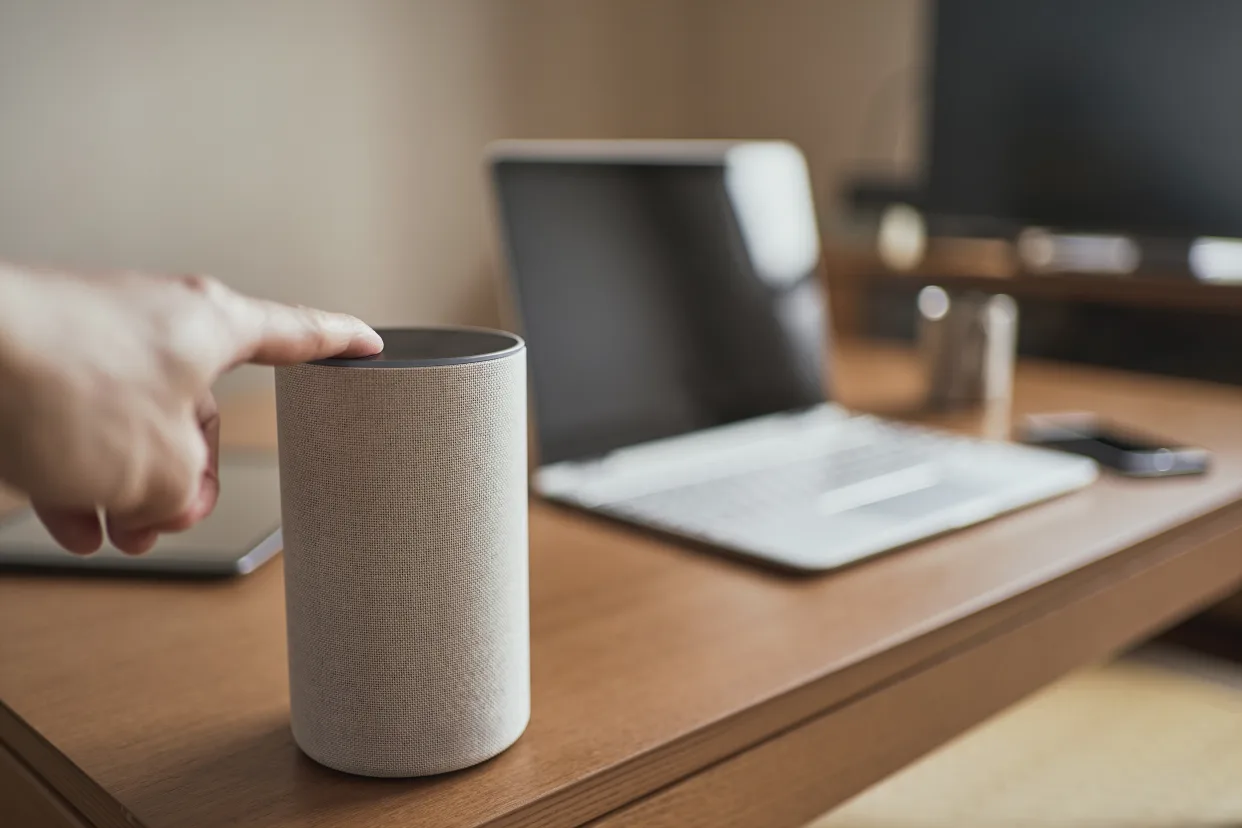Would you pay for a less dimwitted digital assistant?
Amazon is about to find out.
The Washington Post’s Caroline O’Donovan reported that Amazon is planning to sell a paid subscription for an artificial intelligence-revamped version of Alexa that could cost as much as $10 a month.
Among features of the subscription Alexa, expected in October, are recipe suggestions based on your family’s dietary restrictions and AI summaries of the news. Caroline reported that you’ll still be able to use the current version of Alexa without a subscription fee.
(Amazon founder Jeff Bezos owns The Washington Post.)
The company already offers Amazon Prime and other subscriptions. And most people buy an Echo speaker or another Amazon device to access Alexa.
Still, a paid version of Alexa would be a milestone. The company has not directly charged money for its digital assistant in Alexa’s 10-year history.
Paid Alexa would be another example of a subscription fee for technology features or products – some of which you’ve previously gotten for no additional charge.
Dating apps, social media services and even printer ink and kitchen gadget apps are pushing subscriptions. Google is among the companies that charge extra for more digital storage for your phone. And technology analysts have suggested that Apple and Samsung might, like Amazon, charge a subscription for some AI features. Apple and Samsung didn’t immediately respond to a request for comment.
– – –
The digital assistants haven’t lived up to their ‘smart’ promise
Tens of millions of Americans regularly use Alexa and other digital assistants, but mostly for relatively simple tasks. That could make it tough to persuade people to pay for a version of Alexa.
According to surveys conducted by Consumer Intelligence Research Partners, roughly two-thirds of Americans who own an Alexa-powered device use it at least a few times a week for listening to music and asking straightforward questions like checking the weather forecast.
The research group says a majority of people never use Alexa for more complex things like turning on the lights at your command or shopping on Amazon.
Those were among the tasks that Amazon and other companies once expected would be significant uses for digital voice assistants. (Amazon has previously said a majority of Amazon device users use Alexa to help them shop, but the company hasn’t offered specifics.)
There was a lot of optimism in the 2010s that digital assistants like Alexa, Apple’s Siri and Google Assistant would become a dominant way we interact with technology, and become as life-changing as smartphones have been.
Those predictions were mostly wrong. The digital assistants were dumber than the companies claimed, and it’s often annoying to speak commands rather than type on a keyboard or tap on a touch screen.
First demonstrated a year ago, the AI-overhauled Alexa is based on a different technology than the current digital assistant. Siri and Google Assistant, now largely replaced by the Gemini chatbot, have also gotten AI makeovers.
After a decade of mostly using the voice assistants to fire off a quick text, check the weather or play music, it’s untested whether people want AI versions for more complicated interactions. Maybe our habits with digital assistants suggest that you like limited-purpose technology to just do the basics.
– – –
Other AI helpers with a subscription fee
If you’re thinking there’s no chance you’d pay for an AI Alexa, you should see how many people subscribe to OpenAI’s ChatGPT.
While the chatbot is free for anyone to use, ChatGPT also has a $20-a-month subscription with more advanced AI software and a higher limit on the number of interactions.
Market intelligence firm Sensor Tower estimates that more than 2 million new and existing subscribers paid for ChatGPT through its smartphone apps in July. (OpenAI doesn’t say how many subscribers it has.)
It’s not nothing that a couple million people are forking over $20 a month for an AI helper.
For comparison: The Post said it has about 2.5 million paying subscribers. Snap disclosed it had 11 million subscribers at the end of June for its $3.99-a-month Snapchat Plus, which has extras like friend rankings. Netflix has 278 million subscribers.
Google doesn’t charge directly for its Gemini chatbot but includes more advanced AI options in a $19.99-a-month Google subscription with a bunch of other features.
Apple’s AI features in the next version of its iPhone operating system won’t cost extra, though you’ll probably need a new iPhone to use all the AI.
Amazon, then, will for now be the sole company charging a subscription for a successor to a popular digital assistant that people have used free since the 2010s. Amazon declined to comment on a subscription option for AI Alexa, which the company has not discussed publicly.
The mania over AI is giving companies a new selling point to upcharge you. It’s now in your hands whether the promised features are worth it, or if you can’t stomach any more subscriptions.

